The old custom of rushbearing dates back to when rushes were picked and strewn across the floors of a church to cover the earth floor but now even though the floors are tiled or made of stone, in the English Lake District the custom survives.
At Ambleside the children process through the village on the Saturday nearest to the Visitation of Mary feast day on July 2nd.
In Grasmere the ceremony takes place on a Saturday near St Oswald's Day on August 5th. I was very lucky to be there one year at Rushbearing time.


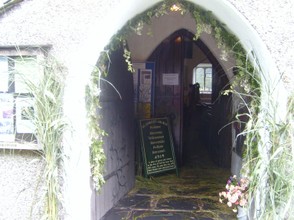
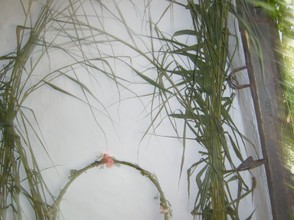
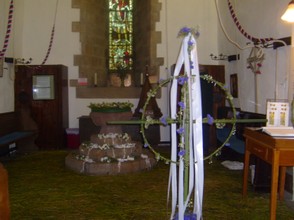
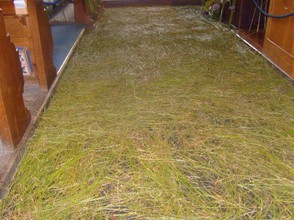
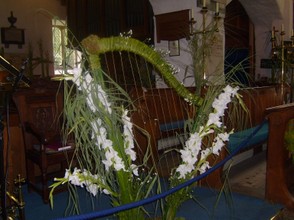
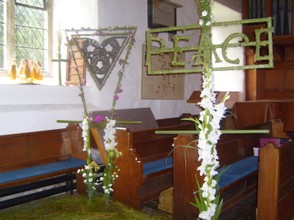
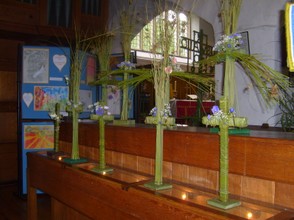
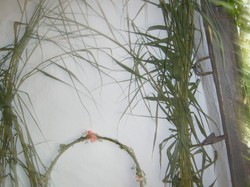

 Blarney Castle and Gardens, County Corkon 06/01/2023
Blarney Castle and Gardens, County Corkon 06/01/2023
 An Cóbh, Corcaigh, Eireon 05/29/2023
An Cóbh, Corcaigh, Eireon 05/29/2023
 Dublin ; The Book of Kellson 04/04/2023
Dublin ; The Book of Kellson 04/04/2023
 The Bee Tree Community CIC;- an online support communityon 08/24/2022
The Bee Tree Community CIC;- an online support communityon 08/24/2022
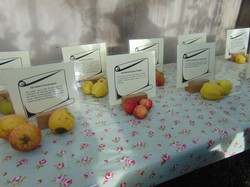
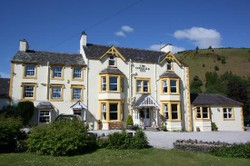
Comments
The fifth paragraph to your introduction advises us that "People of Grasmere decorate the inside and entrances in St Oswald's Church Grasmere with sheaves of reeds, rushes and flowers."
What flowers does the Grasmere flower-, reed-, rush-bearing favor?
That's great news! I've been fascinated by rushes ever since my childhood, what with Biblical stories and sunken gardens in the downtown center.
I have begun working on the article on rushes. How soon it comes out I am unsure.
xx
You both are impressive. But I must say that what Big Bro does for his Little Sis goes way back in their lives, and it's so heart-warming.
Good evening Derdriu,
The difference in rushes, here in England would define social status I would think.
maybe my much adored, most Beloved Big Bro will do that one. I am working running a small business, being a carer, grandma and a student . He is a star .
When I was very young and scared of the dark, if he heard me upset in the dark, he would get up and sit by the bed, holding my hand until I went back off to sleep. He is my star! He took us to the Library every Saturday morning while mum cleaned up the house. Frank is our hero!
This is the article where I meant to put my latest comment on Christmas Food for the Tudor Rich and Poor.
In regard to what you said 10 days ago, four comments down, it would be so great if big bro or little sis wrote about the history of rushes. I'd be so interested, particularly since in watching The Last Duel a second time I noticed that some floors indeed had some messed-up rushes, others had what looked like very nice rushes and still others were either bare, beautiful stone or bare, beautiful stone with area rugs.
Thanks. It is probably a wire harp. I love the clarsach. I have cds and tapes of its music.
Frank, I am not an expert but as far as i am aware, a clarsach, bows down in the centre at the top but this bows upwards.
The harp in the picture looks like an Irish or Scottish clarsach [harp.] Am I right? If it is wire-strung it is Irish; if gut-strung it is Scottish.